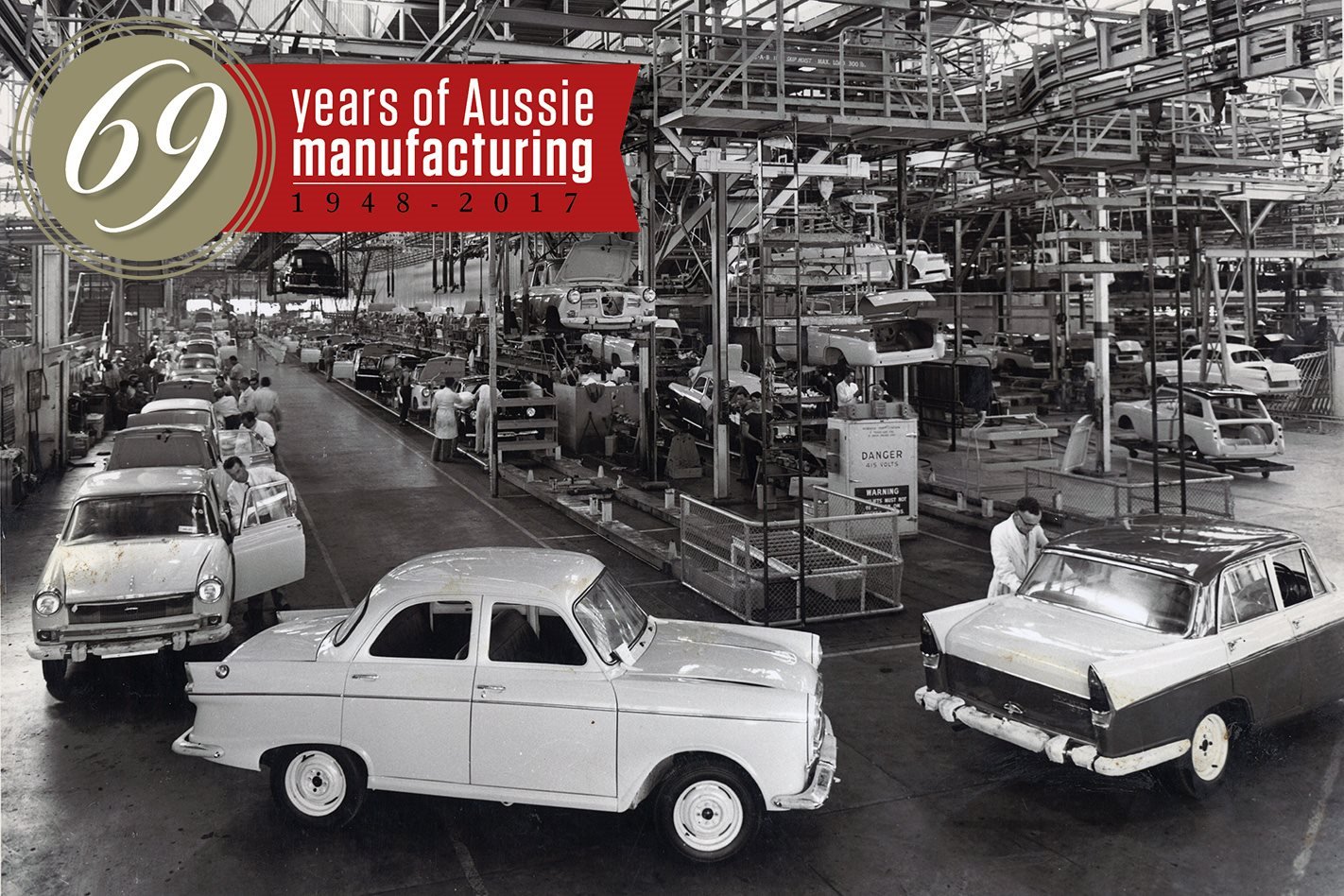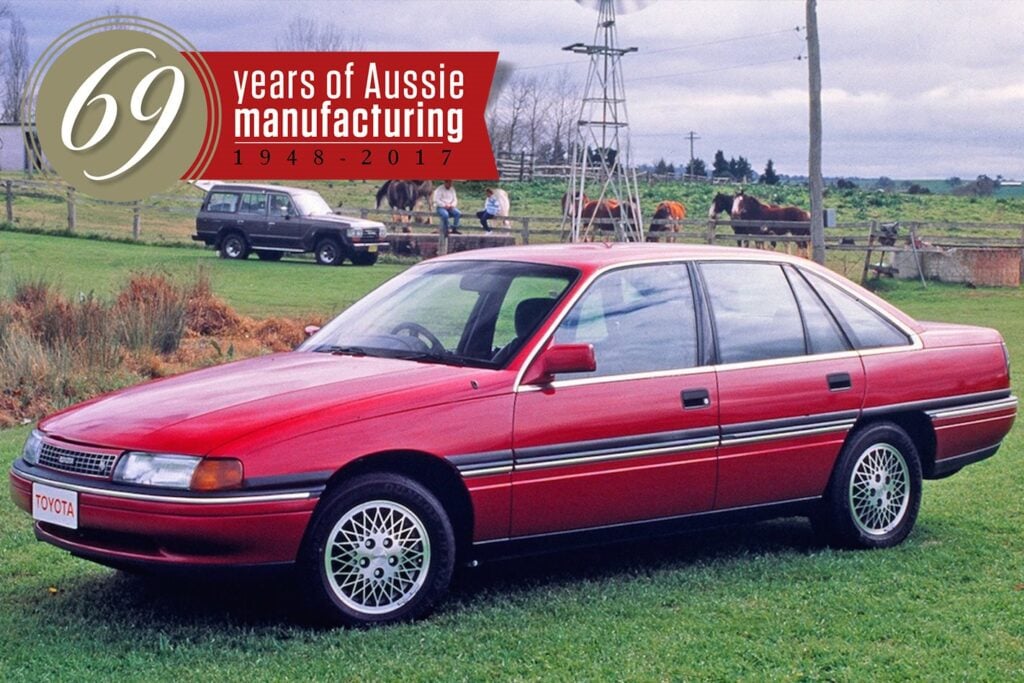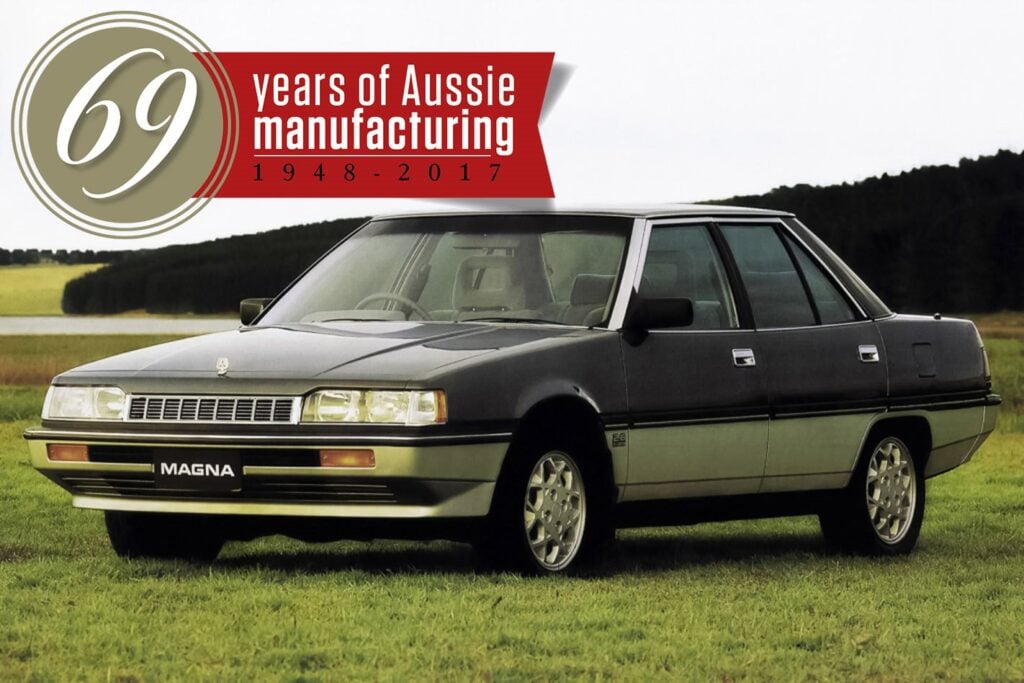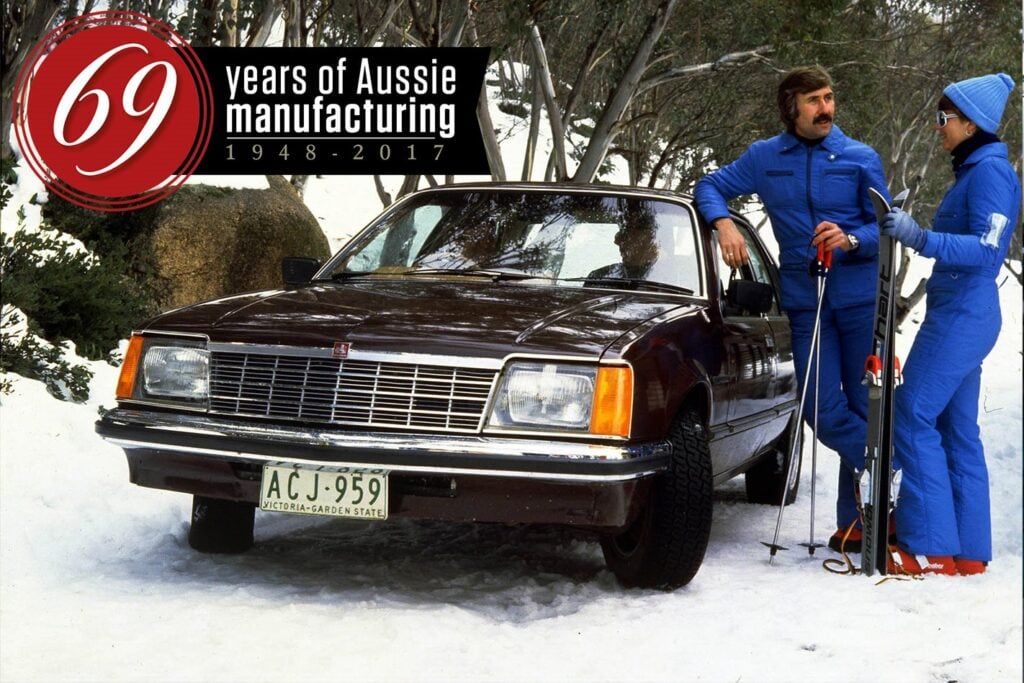AUSTRALIA’S first car, the General Motors-Holden‘s 48-215, was unveiled on November 29, 1948.
It was the result of more than five years planning, including the building of a new production facility on the waterfront at Fishermans Bend. Australia’s car industry had finally matured from just re-assembling imported, knocked-down vehicles to wholly making our own.
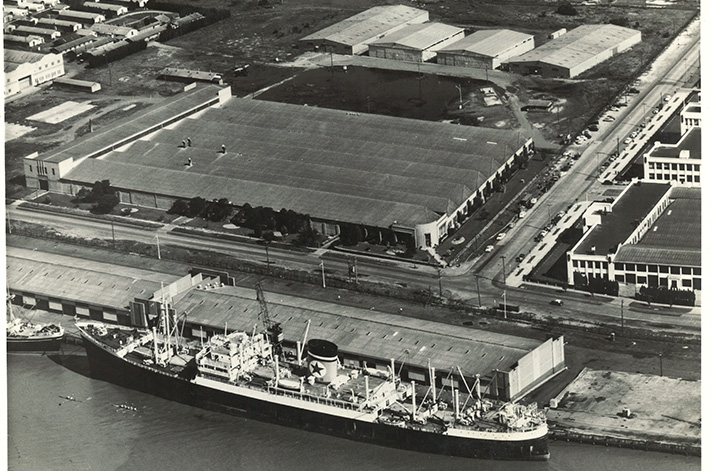
Even though the 48-215 was regarded as too small for US tastes, its similarity to the Chevrolet Fleetline is striking. In its first year, the first Holden had snared two in every five new-car-buyers. However, it would take the 48-215 another three years to wrest the title as Australia’s best-selling car from Austin.
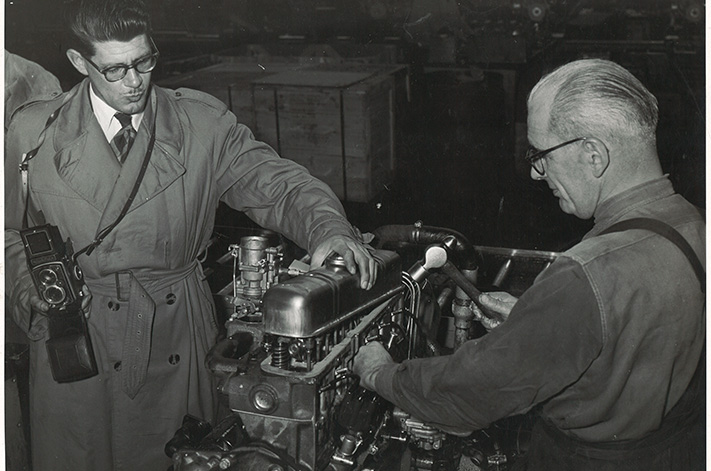
By 1950, about 58,000 vehicles were manufactured in Australia a year. As well as the “FX” Holden, which had swelled production to 100 a day to meet demand, other popular models included the Austin A40, four-cylinder Vauxhall Wyvern and the six-cylinder Velox, and the Standard Vanguard, all of which suffered in Australia’s unique, rugged conditions.
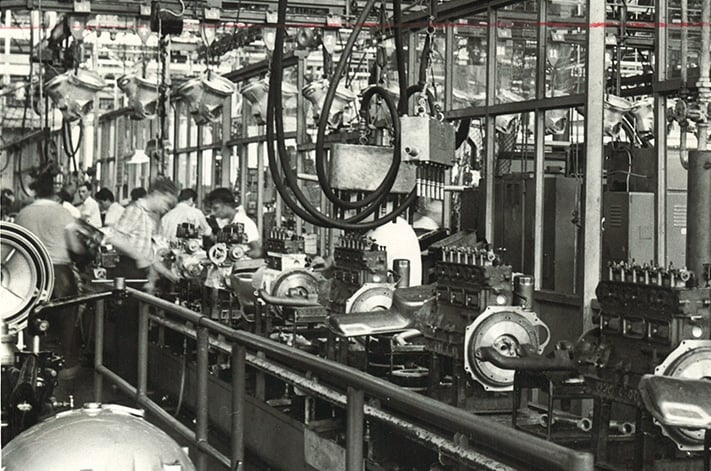
European brands such as Renault, Peugeot, Mercedes-Benz and Volvo were still to arrive in force, but were to grow as the 1950s progressed. Citroen had some success with the Light 15, a monocoque model dating back to the early 1930s.
Brands including Chevrolet, Ford (with the Jaguar, Wolseley, Riley and Sunbeam) were big in the luxury end of the market, while popular sports cars included MG and Triumph.
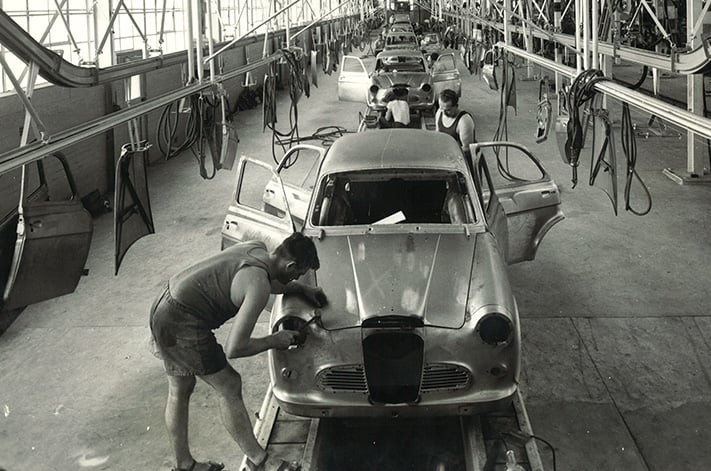
Ford’s contribution were the British four-cylinder Consul and six-cylinder Zephyr. Unveiled in 1950, the Consul and Zephyr were the first production vehicles worldwide to feature MacPherson struts – and also the first Fords sold here without separate chassis construction.
The cheaper Fords were basically represented by the antiquated, pre-war design Anglia and A493A Prefect, assembled in Australia in four-door sedan and coupe-utility guises. “Power” came from a 1.2-litre side-valve four-pot engine.
British Motor Corporation Australia was formed in 1952 after the merger of archrivals Austin and Morris. It continued to build the Austin Lancer and Morris Major, with both cars modified compared with their British equivalents to handle local roads.
By 1952, sales of the 48-215 had grown to 32,000 a year as demand for the sedan and ute soared. It was also time for Holden to make an all-new car.
Next week: 1953-57: The industry goes from strength to strength

